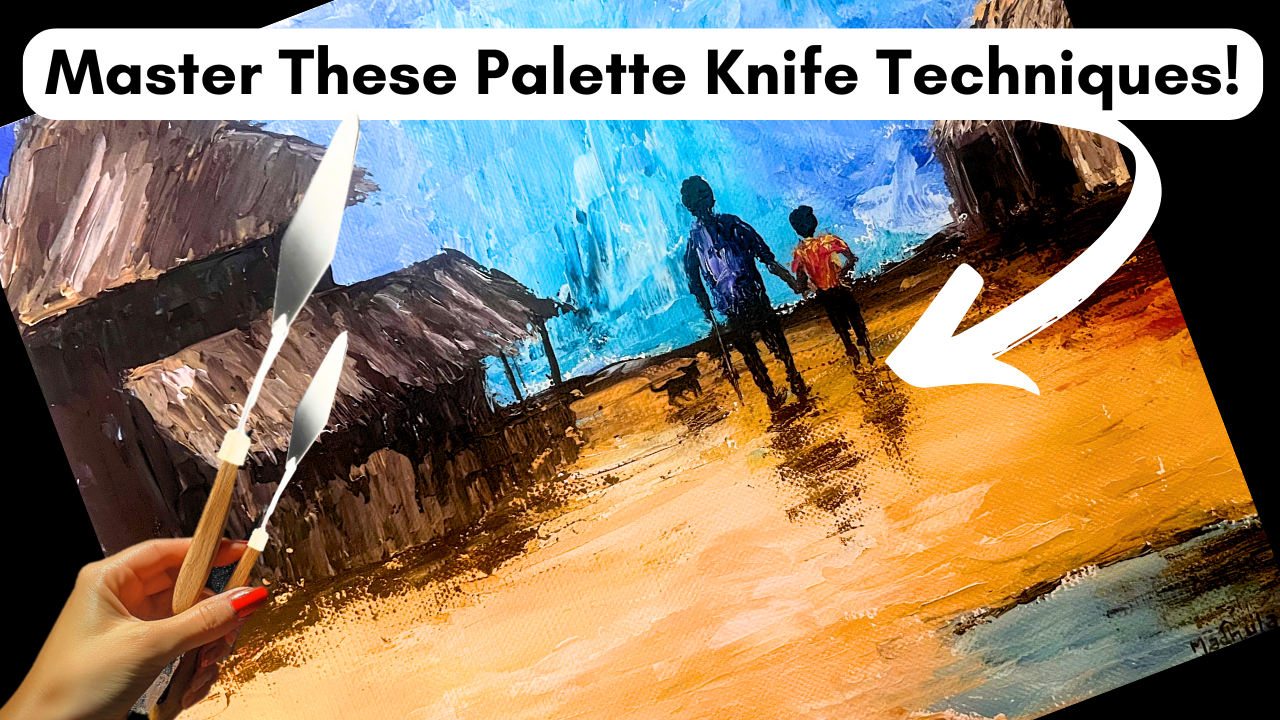Discover the art of palette knife painting with our comprehensive guide for beginners. Learn essential techniques and create stunning textured artwork!
If You’re Using PALETTE KNIVES You Need To Watch This - Your ULTIMATE Guide! 🎨
Table of Contents
- Step 1: Understanding Palette Knives 🖌️
- Step 2: Types of Palette Knives 🔍
- Step 3: Material Matters 🧰
- Step 4: Choosing the Right Knives ⚔️
- Step 5: Fun Techniques to Try with Palette Knives 🎉
- Step 6: Important Tips for Using Palette Knives 💡
- Step 7: Dive Deeper into Acrylics 📚
- Step 8: Final Thoughts 🌟
Step 1: Understanding Palette Knives 🖌️
One of the most multifunctional instruments you can own in your artistic paraphernalia is palette knives. In contrast with conventional brushes, they let you form diverse and layered effects, such as aggregating, or painting a light stroke on a dark surface, smooth blending, etc. Therefore, they are suitable tools for the realization of eye-catching color contrasts, maneuvering dynamic textured backgrounds, and a random non-instrumental mixing of colors on a canvas.
Additionally, palette knives are easy to clean, making them a favorite for many artists. If you're new to acrylics, don't forget to check out my Acrylic Colour Mixing Guide [FREE] to brush up on the basics of colors.
Step 2: Types of Palette Knives 🔍
In essence, you will mainly come across two types of knives: palette knives and painting knives. Despite their frequent interchangeable usage, they actually have different functions.
- Palette Knife: This knife has a long, flat, and broad blade with a round or straight edge. It's primarily used for mixing paint on a palette or scraping off excess paint. However, it's not designed for applying paint directly to the canvas.
- Painting Knife: This knife has an angular edge, making it suitable for applying colors to the canvas without your hand touching it. It's stiffer than the palette knife, allowing for more precision and control.
Step 3: Material Matters 🧰
Palette knives are built using two materials: plastic and stainless steel. The plastic knives are very lightweight but flexible also, they can bend or break when pressure is applied to them. They are more budget-friendly than other types of knives which is why they are perfect for the beginners. On the other hand, knives made of stainless steel are excellent for working on special materials, for instance, they are useful when applying very thick paint. I suggest that you buy a stainless steel knife that performs with greater effectiveness over time.
Step 4: Choosing the Right Knives ⚔️
A full knife set is not essential for beginners. Choosing one with a rounder edge and one detailing knife is highly recommended. You can do a range of textures with this pair without overwhelming yourself. After getting more confidence, you can surely add different types to your collection.
Step 5: Fun Techniques to Try with Palette Knives 🎉
Let's plunge into the world of interesting techniques that you can try out with your palette knives. I will be making a demonstration of a triangular round-edged palette knife.
Layering for 3D Effects
In the initial stage, you will be required to place a good number of thick paint layers on the work surface. The 3D look of this treatment will be created since it is elevated compared to the surrounding surface.Dried paint on the canvas will make it look quite rich in a way. Besides, you could dry the first layer completely and then beathe a blend of different paints through the application of a second layer.
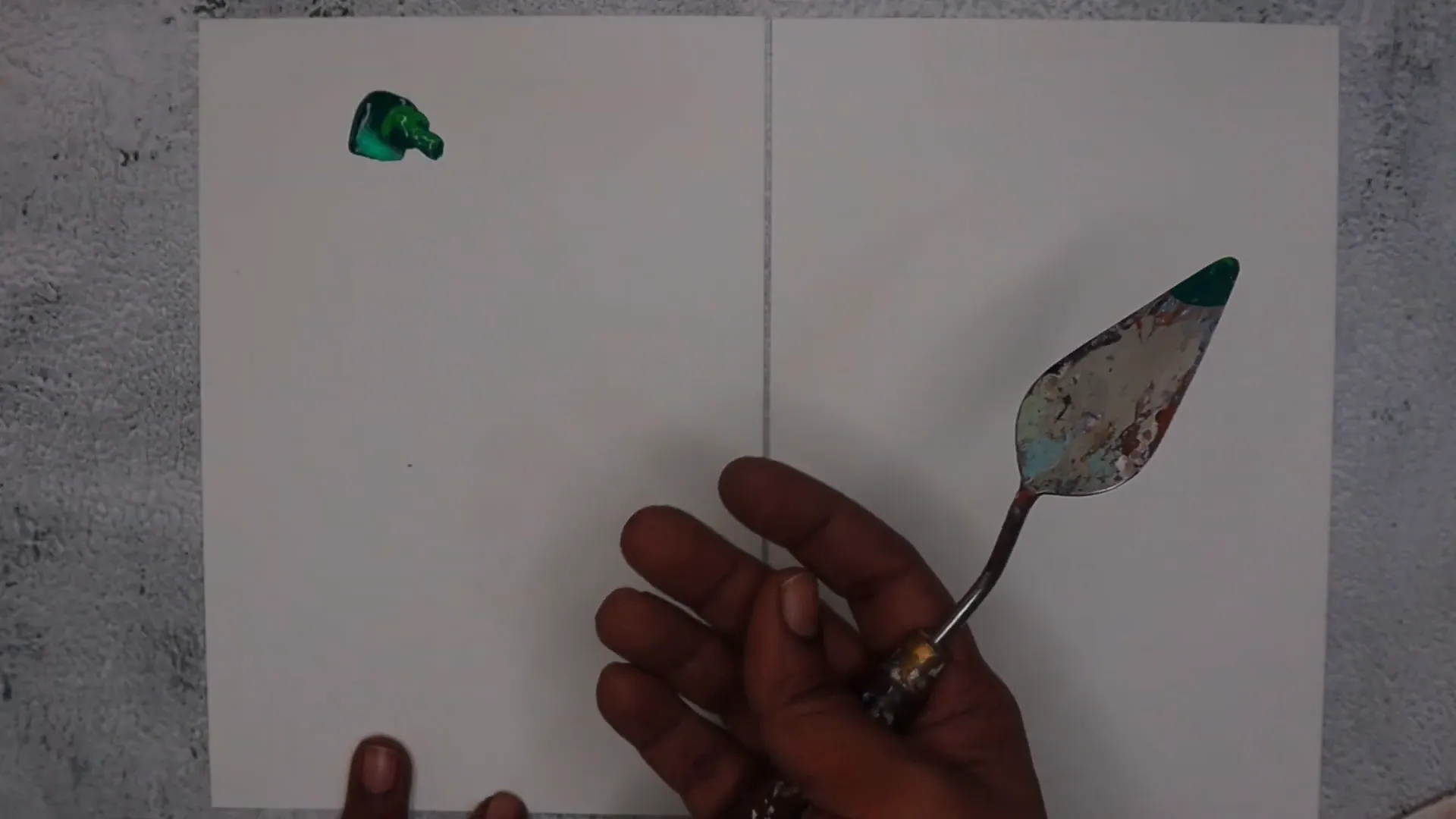
Blending Colors
You may also blend colors with palette knives! For example, place yellow and green next to each other and mix them a little on the border. The result is a soft shift of colors that is almost like the work of a brush.
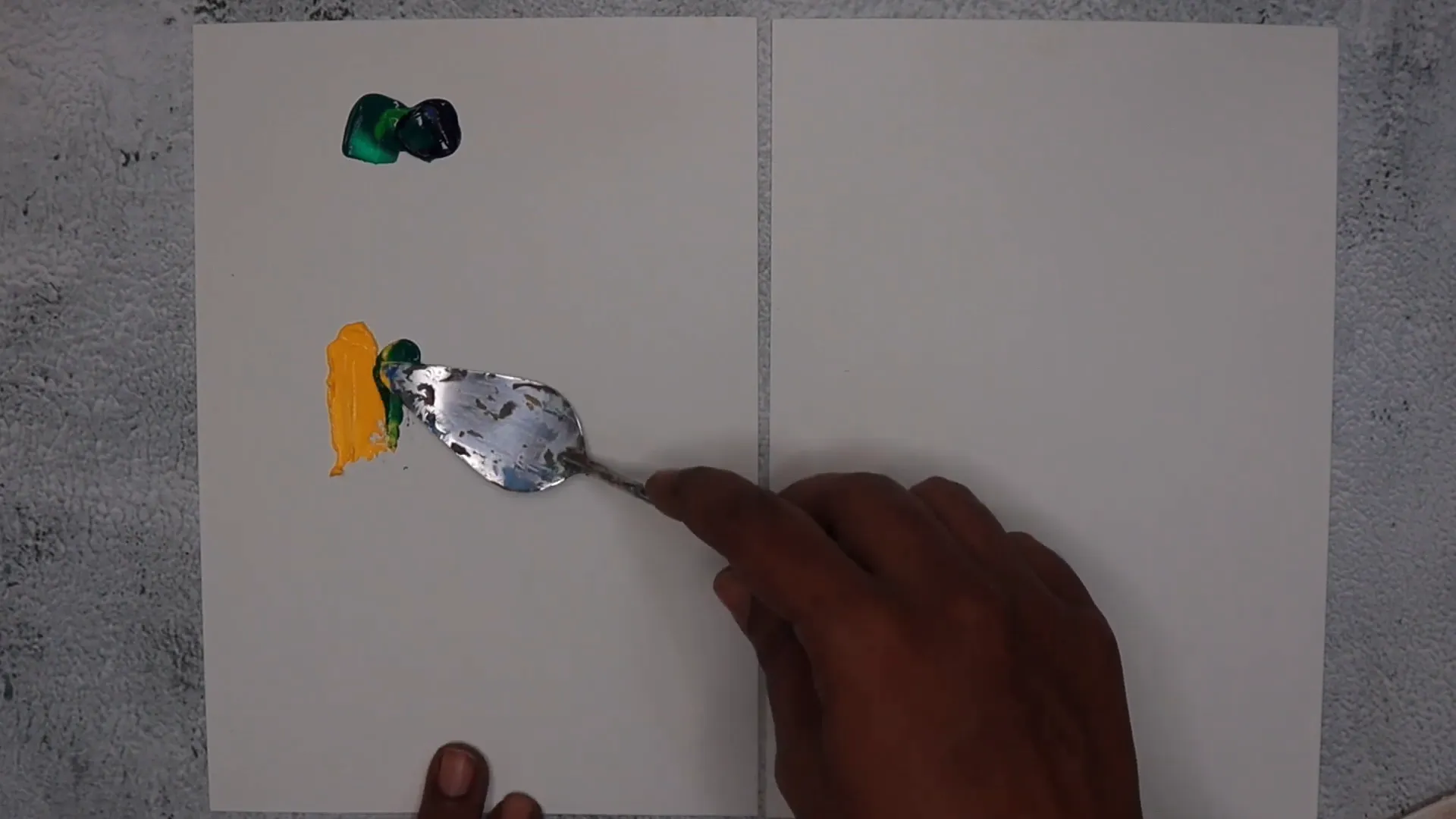
Scraping for Texture
Scraping is one more method. Take two or three shades and apply them, then scrape off using the edge of the knife. This exposes the underneath layers and also brings forth different textures.
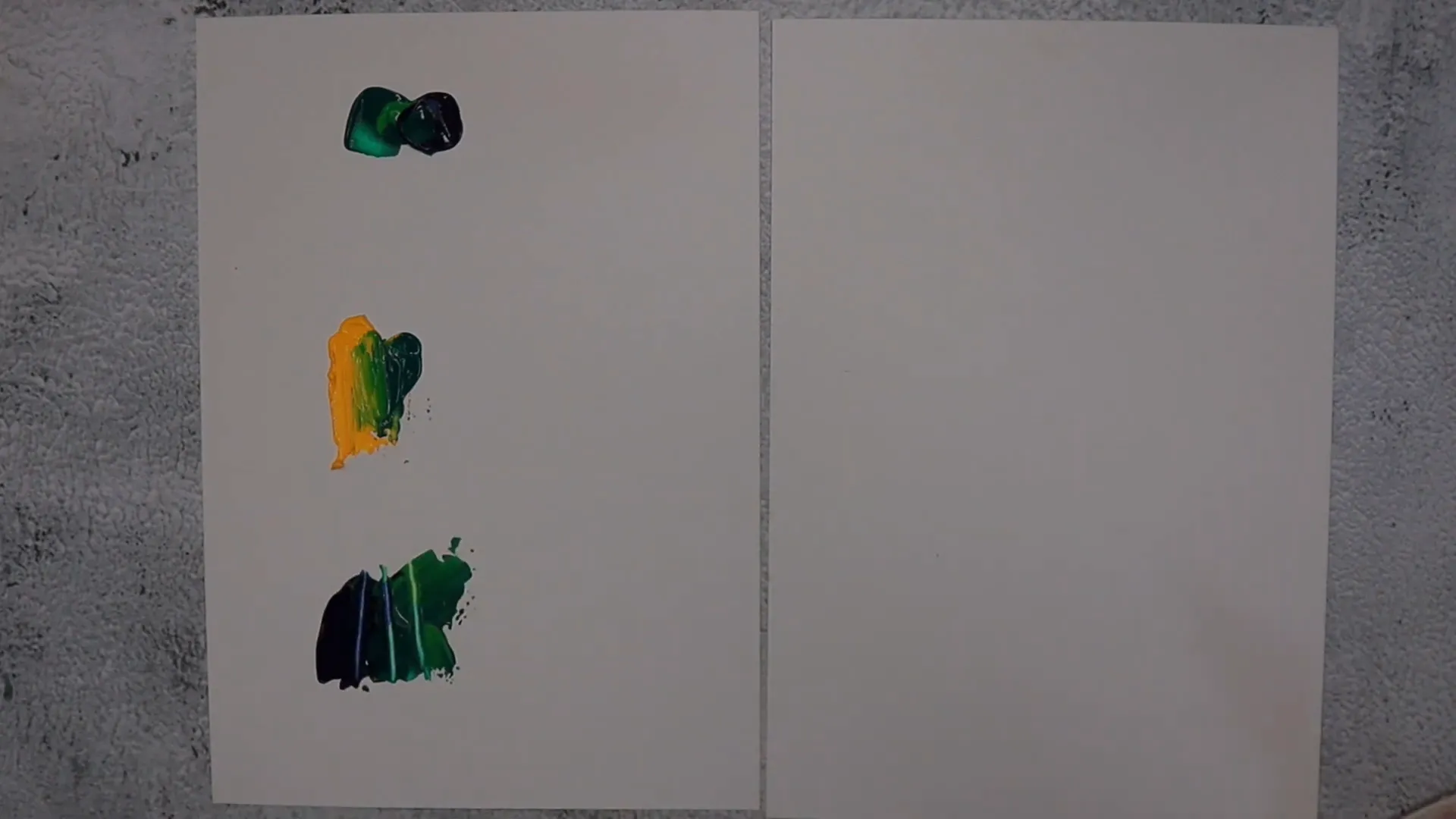
Imprinting Shapes
You can give shapes a diamond cutter paint knife, which you take advantage of a smaller one by lining it using the knife only lightly on top of the canvas. This technique is ideal for making tree bark or rock textures.
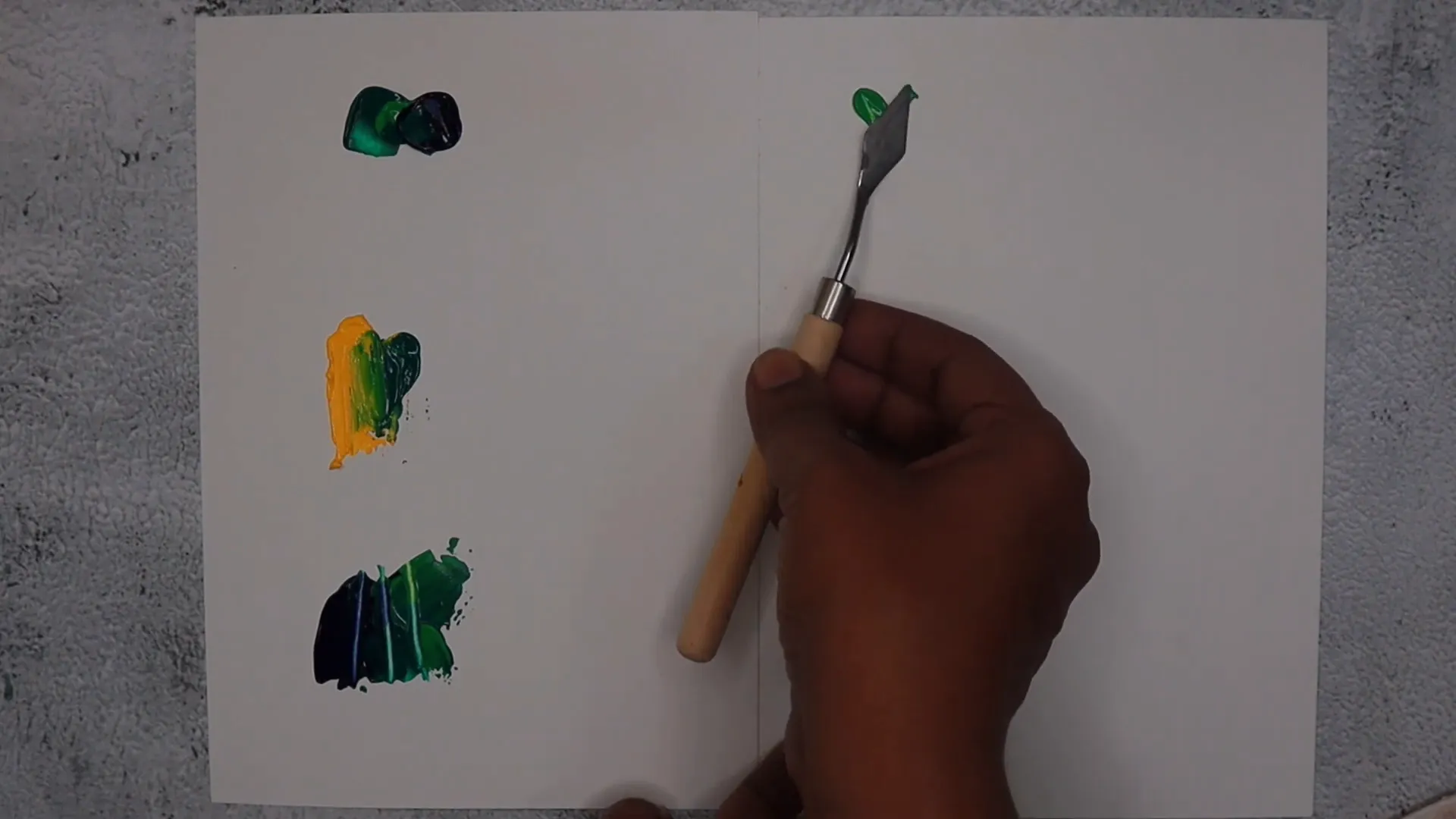
Creating Edge Work
To draw precise, neat lines, you can utilize the tip edge of your longer pointed painting knife. By firmly holding it and smoothly dragging it in one motion, you can create borders or architectural elements in your art piece.
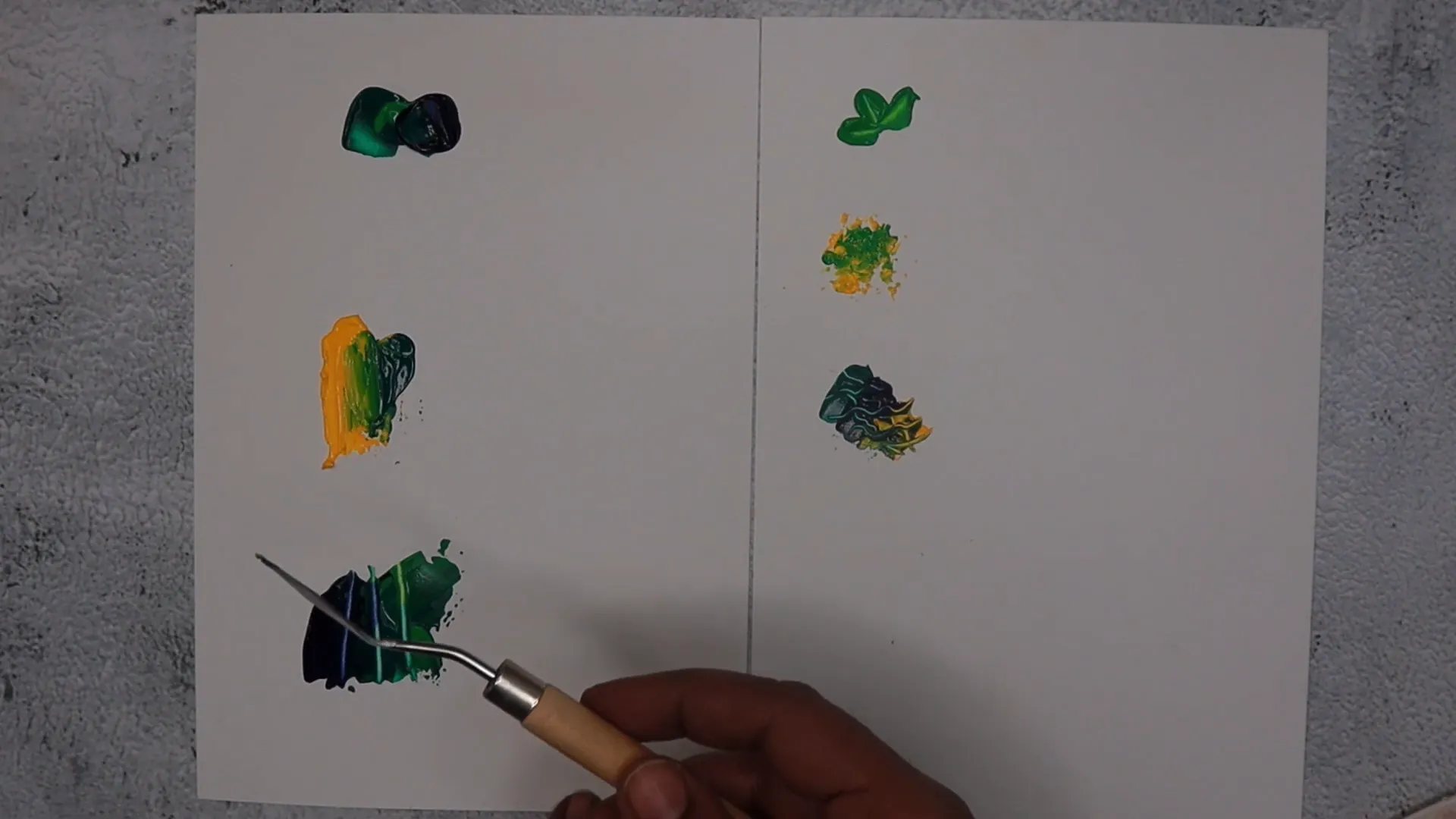
Marbling Effect
Put several colors next to each other and with a knife, you can drag through them in a smooth, curved direction. The combination of the colors in that way looks very attractive and it creates a marbling effect.

Step 6: Important Tips for Using Palette Knives 💡
Here are some important recommendations that will help to boost the benefits from palette knives:
- Wipe Instead of Wash: Keep a cloth handy to wipe excess paint off your knife instead of washing it between colors. This prevents spoiling your painting with unwanted colors.
- Test Before Committing: Use a piece of paper to check your technique before applying it to the canvas. This helps you visualize the color and stroke you want to achieve.
- Experiment with Brushes: Don't hesitate to combine palette knife techniques with traditional brush strokes. This can yield unique and interesting results!
- Embrace Imperfection: Palette knife painting is all about spontaneity and texture. Embrace the imperfections that come with it, and let your creativity flow!
Step 7: Dive Deeper into Acrylics 📚
If you're eager to learn more, download my Better Your Acrylics guide. It contains top 25 tips for beginners to improve their acrylic paintings!
Step 8: Final Thoughts 🌟
In the techniques that you use for your art palette knife painting introduces the fastest creative and textural development. With time and many attempts, you will find your own particular style and methods. Always keep in mind that the essence of art is to experiment and enjoy, so give yourself the freedom not to hold back! Should you happen to find this guide useful, kindly share it with your pals and consider subscribing to our channel to see more tutorials.
Happy painting! 🎨
Get Your Free Guide
Acquire the knowledge of color fundamentals and color blending! Design your personal copy of the FREE Acrylic Colour Mixing Guide!
Download NowLeave a Comment 👋
Leave a Comment 👋
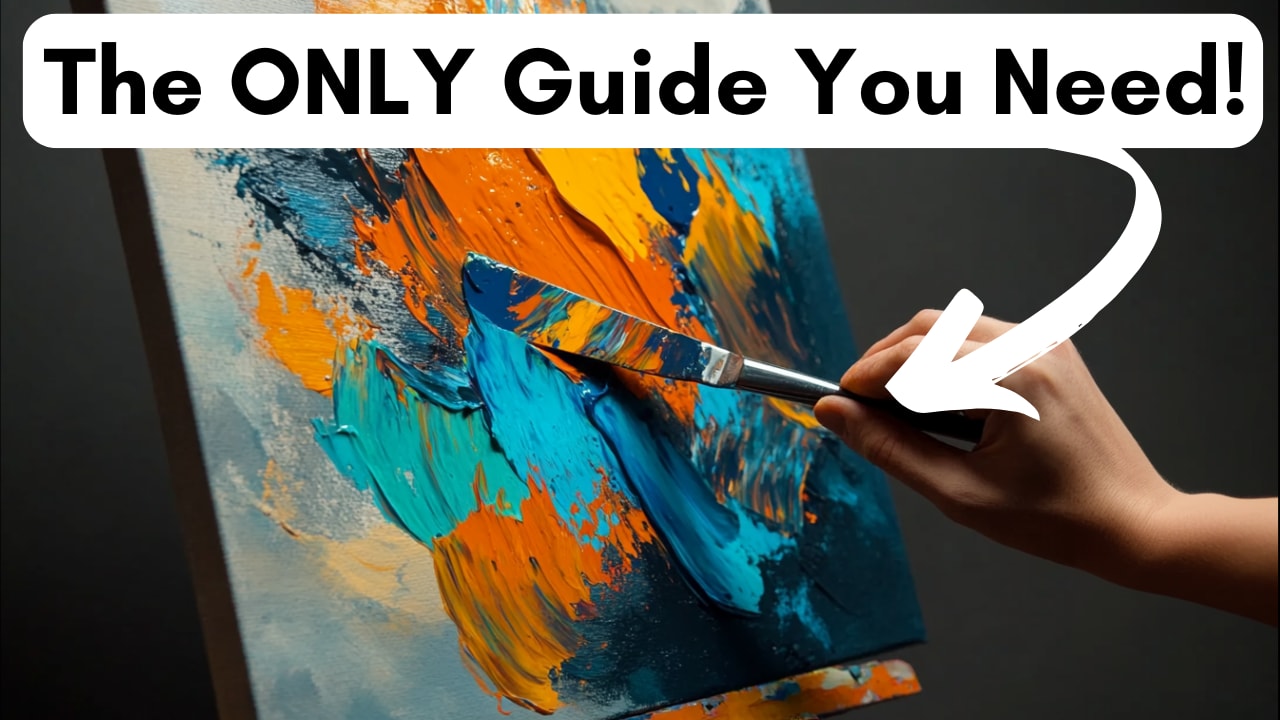
PALETTE KNIVES - Your ULTIMATE Guide!
Unlock your creativity with our ultimate guide to palette knives! Discover techniques, types, and tips to enhance your painting skills.
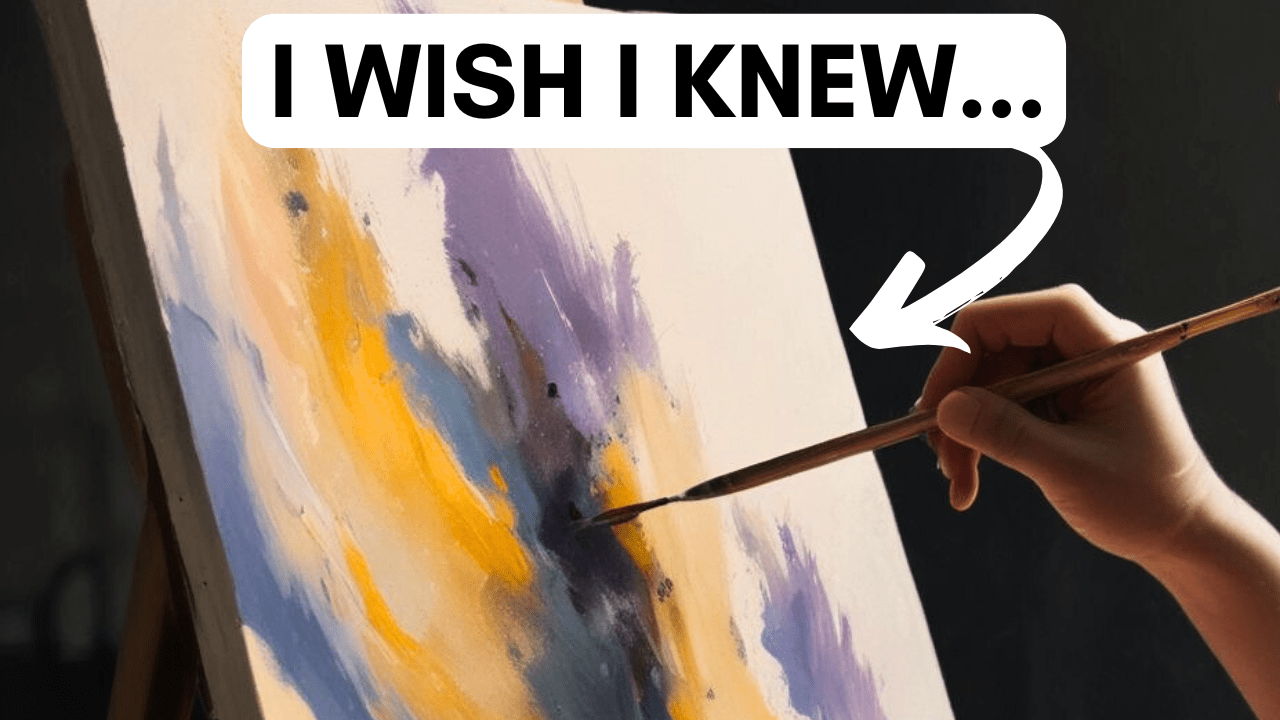
ACRYLIC Painting - Top 3 Key Strategies to IMPROVE your paintings
ACRYLIC Painting - Top 3 Key Strategies to IMPROVE your paintings
